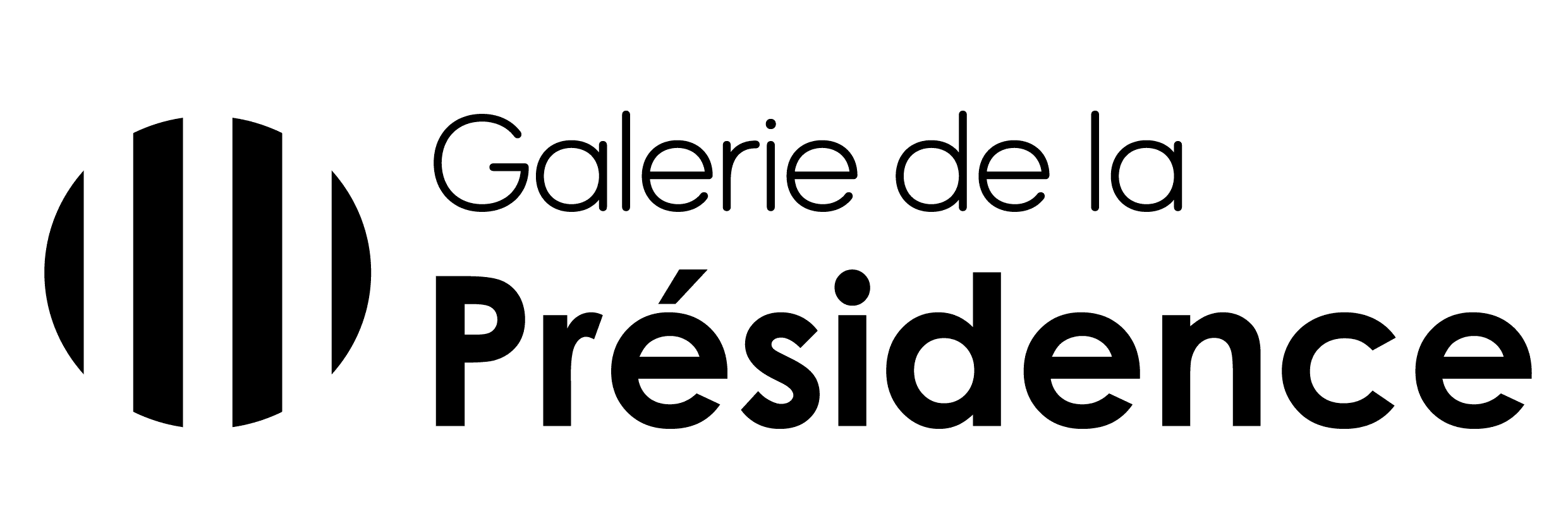Nicolas de STAËL 1913-1955
Nicolas de Staël was born in 1914 in Saint Petersburg. From an aristocratic Russian family fleeing the Revolution, he and his sisters were entrusted to the care of the Russian couple Fricero in Brussels. He studied drawing and painting at the Brussels Academy of Fine Arts. Under the direction of Van Haelen, he won first prize in the 1934 competition with his watercolor « Un bateau-fantôme sur une mer démontée »(A Ghost Ship on a Stormy Sea).
Travels to the Netherlands and France introduced him to the influences of Rembrandt, Vermeer, Cézanne, Matisse, Braque, and Soutine. In 1934, with his friend Edmond d'Hooghvorst, he crossed Spain by bicycle, admiring El Greco and producing numerous drawings.
He exhibited in Brussels and Paris, then traveled to Morocco in 1936, where the light inspired him and fueled his first major works. His encounter with the painter Jeannine Guillou marked a turning point; They traveled together to Algeria and Italy, painting after the great masters (Titian, Bellini, Mantegna, etc.).
Back in Paris, he copied Chardin and Delacroix, then painted for the Liège Exhibition before the war. Joining the Legion in 1940 and then demobilized, he rejoined his partner in Nice, where he became friends with Delaunay, Arp, Le Corbusier, and Magnelli, beginning his shift toward abstraction, initially imbued with grays and metallics.
He exhibited in Brussels and Paris, then moved to Morocco in 1936, where the light inspired him and fueled his first major works. His encounter with the painter Jeannine Guillou marked a turning point; they traveled together to Algeria and Italy and painted after the great masters (Titian, Bellini, Mantegna, etc.). Back in Paris, he copied Chardin and Delacroix, then painted for the Liège Exhibition before the war.
Joining the Legion in 1940 and subsequently demobilized, he rejoined his partner in Nice, where he befriended Delaunay, Arp, Le Corbusier, and Magnelli, beginning his shift toward abstraction, initially imbued with grays and metallics.
Upon his return to Paris in 1945, he invented a style based on pure, flat colors and generous impasto, sculpting the canvas with a palette knife to create a palpable relief.
Gradually, his work oscillated between synthetic figuration and lyrical abstraction, as evidenced by his landscapes, where blocks of blue, ochre, and white interlock.
Light becomes living matter: each painting establishes a dialogue between geometric structure and chromatic vibrations.
Exhibiting in France and abroad, his singular vision established itself on the international scene.
His paintings, constantly tense, continually question the boundary between strict forms and emotional impulse.
Despite dazzling recognition, de Staël struggled with the shadow of doubt and solitude until his tragic death in 1955 in Antibes. His legacy lives on through lyrical abstraction: his chromatic audacity and depth of expression continue to influence modern painting.

